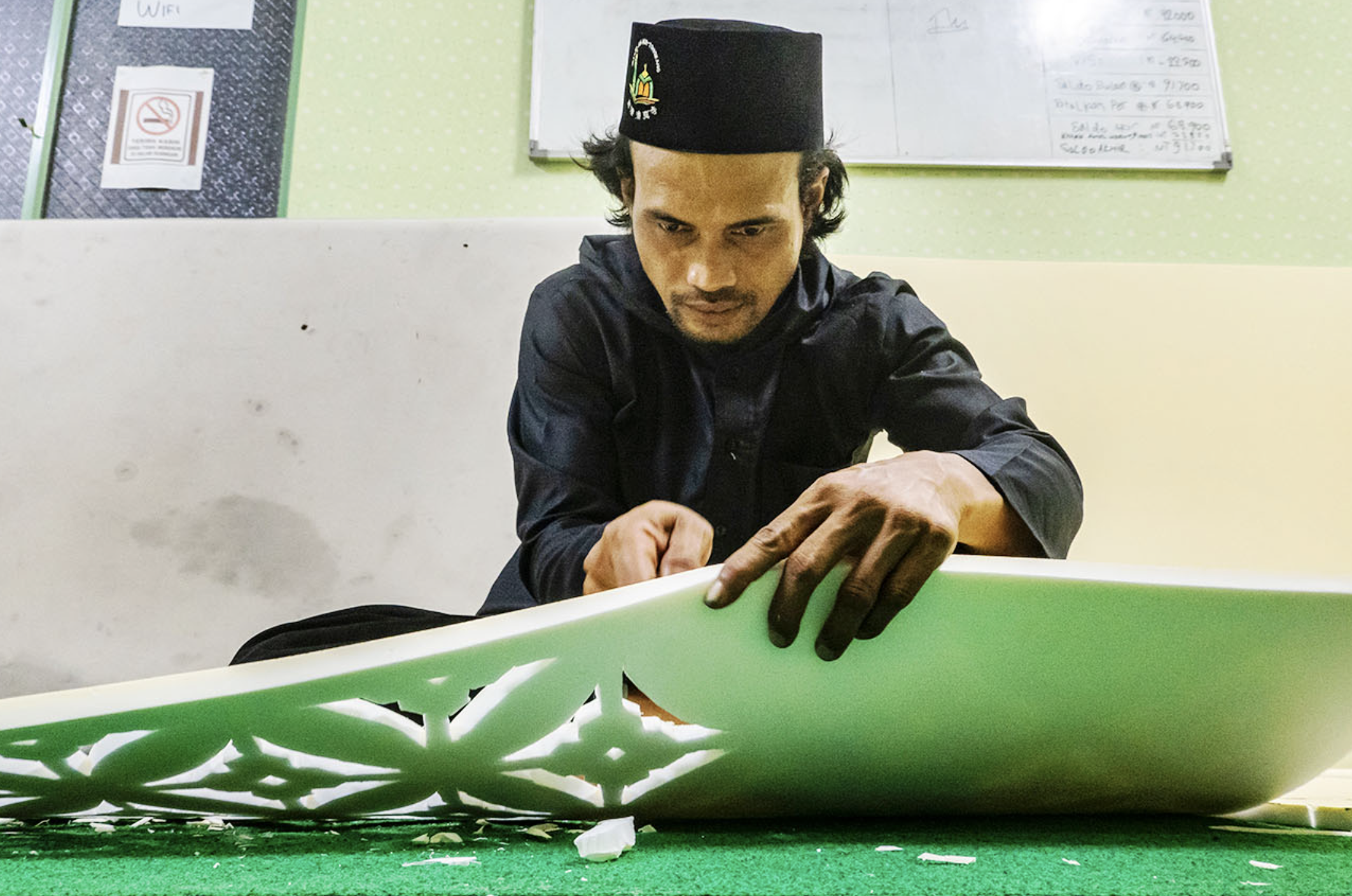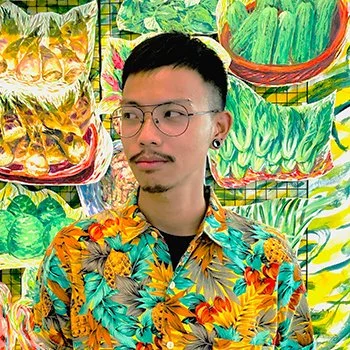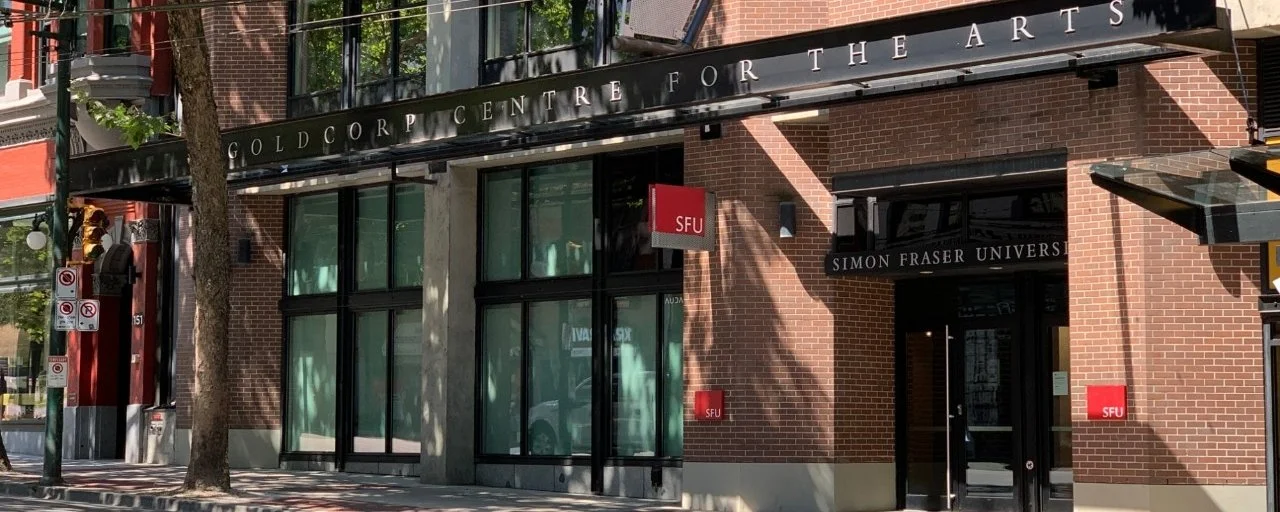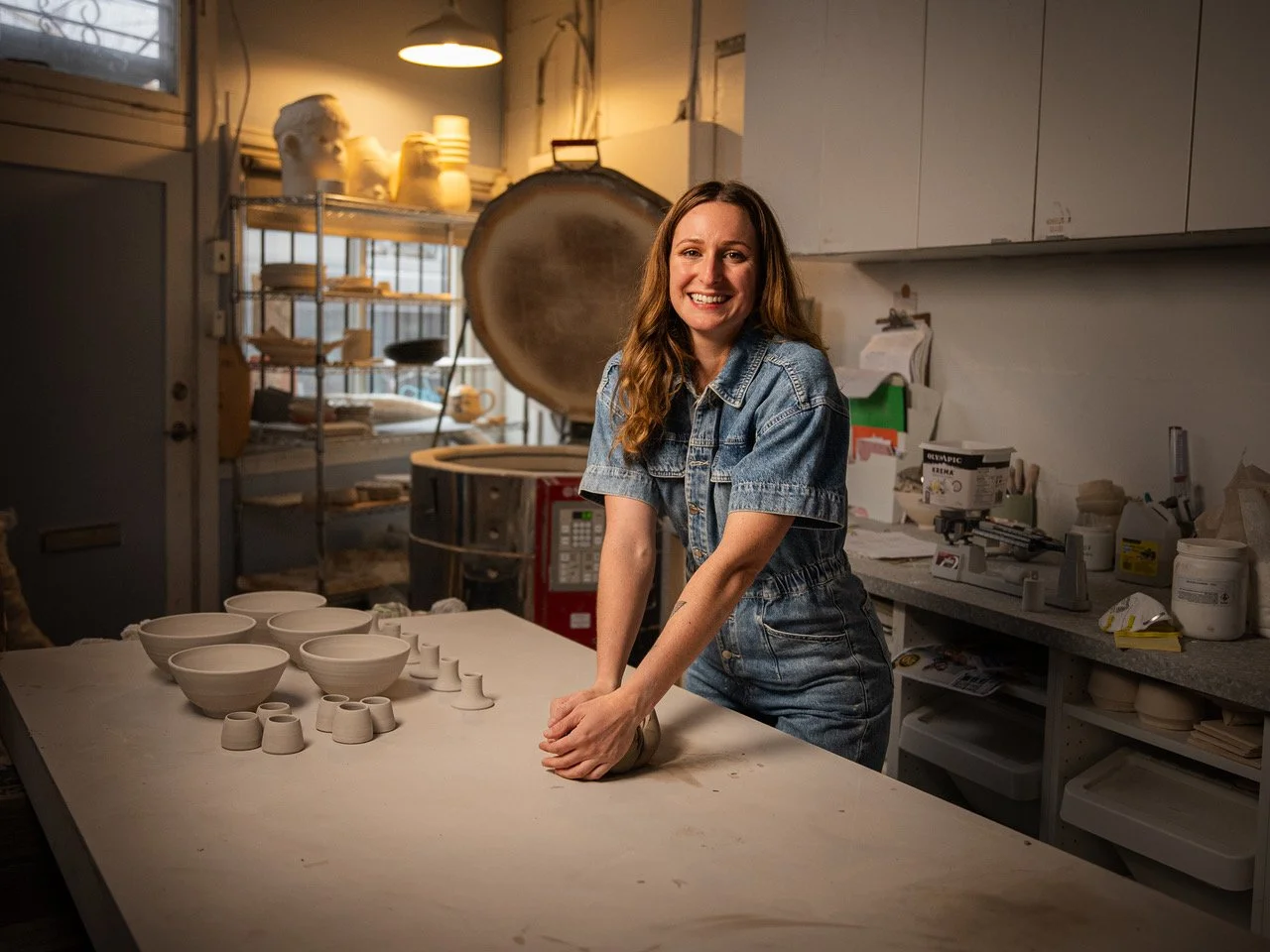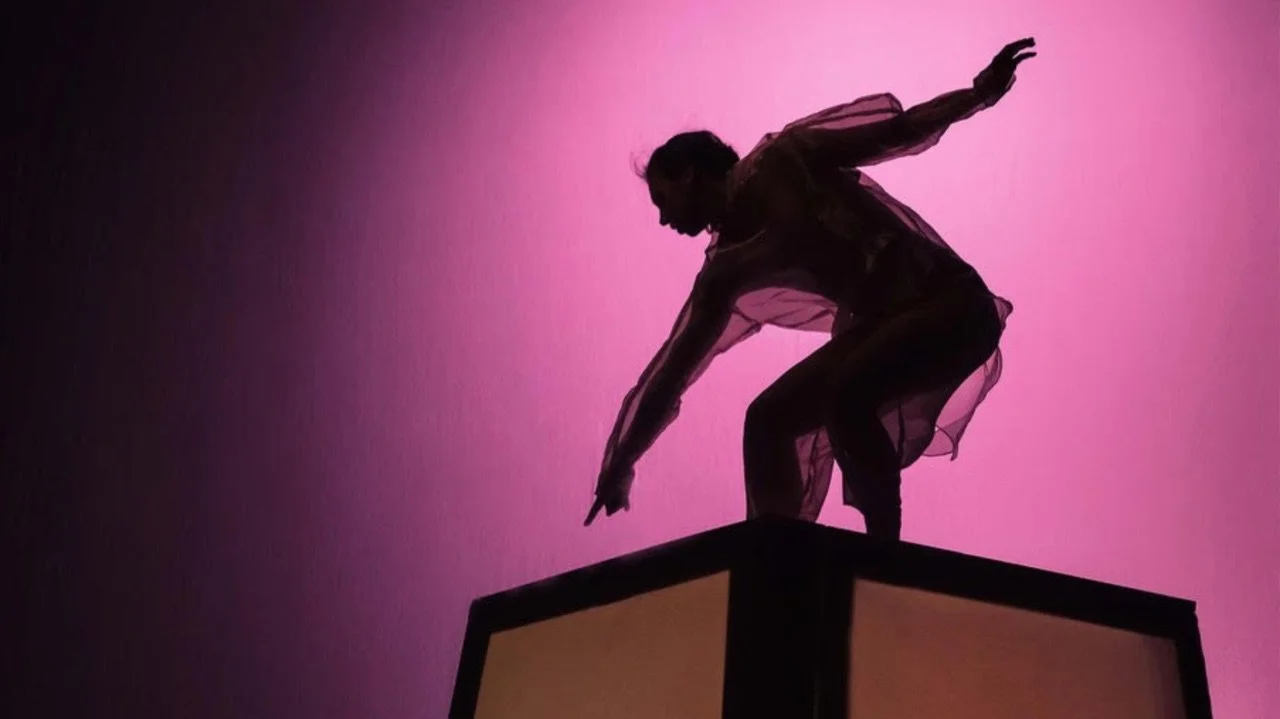The art, community, and resilience of Indonesian migrants, in TAIWANfest Silaturahmi installation
Artist-activists travelled to a southern Taiwan port town to document a unique culture
An Indonesian migrant carefully carves patterns into a foam board, in an image from Silaturahmi.
TAIWANfest presents Silaturahmi at the 600-block of Granville Street from September 3 and 4, 11 am to 7 pm, and September 5 from 11 am to 6 pm
THOUSANDS OF KILOMETRES from home in a foreign country, spending months offshore at sea, the Indonesian migrant fishers of Taiwan’s small harbour town of Tangkáng have been able to build a thriving community—one with a fascinating hybrid culture all its own.
For a sense of the migrants’ ingenuity, look no further than what they can do with simple, cheap foam sheets—a product in easy supply in Tangkáng, used as it is to insulate fresh-caught fish. In the new installation-exhibit Silaturahmi, at this year’s TAIWANfest, photos show the fishers carving cutout geometric patterns from the soft plastic—turning the sheets into elaborate, colourful decorative accents that adorn a makeshift mosque and other sites.
Ting-Kuan Wu
“What most surprised me is their creativity and that energy—how they use their creativity to make things,” says cultural worker and writer Yu-Chen Lan.
“They really help each other and take care of each other,” adds cultural activist Ting-Kuan Wu, joining her on a Zoom call.
Yu-Chen Lan
Wu and Lan spent months immersed in Tangkáng’s Indonesian community, documenting its gatherings, festivals, and art- and music-making on film and in photographs, plus gathering handicrafts, fishing nets, and other objects to bring here for the installation. Together, the pieces give a rare view into a culture that prioritizes brotherhood, mutual support, and creative expression, despite economic hardships. The title, Silaturahmi, comes from the Muslim philosophy of forming supportive, friendly, family-like bonds with others.
For Wu, who first discovered the community during a festival in southern Tangkáng in 2019, the project has been a chance to spotlight a more positive side to the migrant community. Indonesian fishers number around 2,500 in the small, historic port known for its bluefin tuna, sakura shrimp, and mullet roe. Some sleep in dorms, and many others in vessels floating in the port.
“If you search on Google about migrant workers in Taiwan, what you can find is mostly about human rights issues and forced labour,” Wu says. “While that is true, it is just one part of their life; they have their own way of life, and how they participate in Taiwanese society is also important. “
“It’s a story of independence,” explains Chen, who points out August is the month when Indonesians celebrate their independence—a word that also happens to mean “freedom” in the Bahasa that the Indonesians speak. “For these few months we intensively got involved collaborating with these fishers to do all these artworks, and we discussed with them ‘How do they make this community possible? How do they feel about their lives there and why do they do all these things to be free?’
“Maybe this is not a very ‘high aesthetic’ art installation,” she adds, “but what we want is for people in Vancouver, where there are a lot of migrants, to hear a story and maybe reflect on their own meaning of being independent.”
As visitors enter the installation, they will first walk across a blue-and-white tarpaulin, the kind the Indonesian fishers sit and gather on in the streets and docks of Tangkáng.
An image of the decorated mosque the fishers have built in Tangkáng.
One section centres around a real, working karaoke machine—a favourite pastime of the migrant workers—and it’s surrounded by videos taken in the port city. In some film clips, they sing the street songs of their homelands, adapted with lyrics about their adopted country.
There’s also a huge painting created by the fishers, as well as intricate calligraphy carved out of the foam mats. In the photographs, look for images of the mosque, a storefront decked out in latticework conjured out of the same material and painted in vivid yellow and blue. (The mosque used to be located on a boat until the community outgrew the vessel, Wu relates.)
Among the most fascinating parts of the exhibit are those where Indonesian culture has melded with the Taiwanese. In one clip, you can hear migrants on a parade float playing their elaborate Javanese rhythms on traditional Taiwanese drums.
The cultural cross-pollination goes both ways, Wu says: not only do the migrants learn to speak the local Mandarin, but some Taiwanese business people and workers in the fishing industry have picked up some Bahasa. Similarly, when the Indonesian community members go around to collect money to send back to the families of sick or deceased fishers, they receive donations from some Taiwanese.
And that intercultural brotherhood may be the most affecting example of the power of Silaturahmi--the show and the philosophy. Wu and Lan are taking that concept and developing it on a more global scale. "We hope to bridge their community with Vancouver, and other places outside Tangkáng," Wu says.



